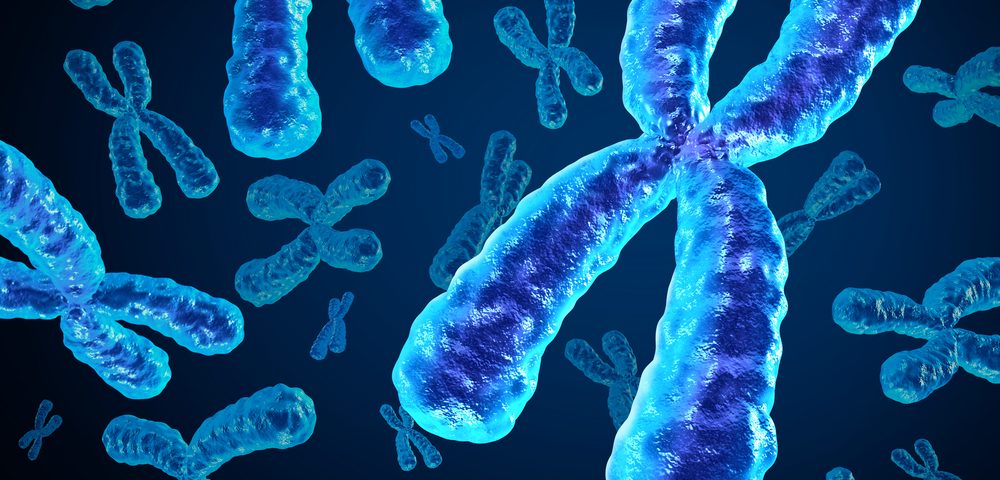Cancer cells are known to undergo two types of changes in their DNA as they evolve, which may be associated with resistance to treatment. Although current methods can identify one type of DNA alterations or the other, none is able to identify both simultaneously.
Now, researchers at the Carnegie Mellon University’s Computational Biology Department have developed a new algorithm, called Weaver, that has the ability to identify both types of genetic changes associated with cancer cells at the same time, allowing connections to be identified between the two.
The study, “Allele-Specific Quantification of Structural Variations in Cancer Genomes,” was published in Cell Systems.
“This work uses a rigorous and elegant approach to give a better picture of the genome changes that occur during the evolution of individual cancers,” Robert F. Murphy, Ray & Stephanie Lane professor and head of the School of Computer Science’s Computational Biology Department, said in a press release. “Having a clearer picture can help identify characteristics, such as responsiveness to drugs, that distinguish cancers and may contribute to developing more personalized treatments.”
Healthy cells are known to have 23 pairs of chromosomes. But this is not necessarily true for cancer cells, particularly more advanced tumors. Cancer cells can have multiple copies of the same chromosome, a phenomenon called aneuploidy, or they can undergo other types of mutations, called structural variations, in which DNA sequences within the chromosomes are rearranged or duplicated.
Although both genetic changes can occur within the same cell, separate techniques were needed to quantify them, severely hampering the identification of interactions between aneuploidy and structural variations. With the new algorithm, the researchers can use whole genome sequencing data to quantify both genetic changes and to address whether structural variations affect aneuploidy, and vice versa.
“This gives us a better view of the complexity of cancer genomes,” said Jian Ma, an associate professor in the Computational Biology Department who came up with the algorithm.
The team has already used Weaver in two cell lines (cervical and breast cancer) and two ovarian cancers from the Cancer Genome Atlas (TCGA). In the ovarian cancers, Weaver allowed researchers to identify duplicated chromosomal regions caused by a specific structural variation, an association not previously reported.
TCGA includes genomes of more than 11,000 patients with 33 different tumor types. In the future, the new algorithm may use TCGA datasets to identify how specific genetic changes affect cancer behavior.

